How the tide turned for Hull’s fishing dock
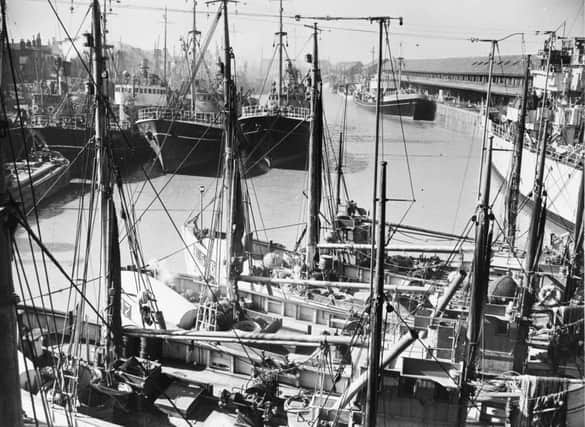

Named after the patron saint of fishermen, St Andrew, the dock was originally intended to export coal from the many Yorkshire coalfields. This never materialised and during the great opening ceremony it was dedicated, by dock company chairman J.R. Ringrose, to the fishing trade, becoming known, simply, as ‘Fish Dock’.
From the middle of the 19th century fishing fleets had struggled to find a suitable site to land and sell their fish at Hull. St Andrew’s Dock covered an area of 10.5 acres. By this time the fish trade was major employer.
Advertisement
Hide AdAdvertisement
Hide AdThe sill at St Andrew’s was made at the same level as that of the Albert Dock at high water. At average spring tide there was a depth of water of about 28ft 6in, and at neap tides about 23ft 6in.
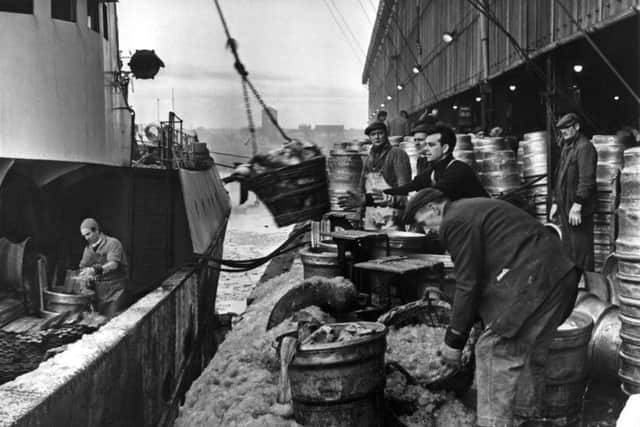

About 9,000 square yards were let for the erection of stores, factories and offices for the fish trade, as well as for mast and block makers, iron founders, blacksmiths and shipwrights.
A fish market, named Billingsgate, after the London market, was where much of the catch was landed and dispatched. Thus, all the essential activities needed to maintain a extensive fishing fleet occurred on or around St Andrew’s Dock, with workers enduring long hours for low pay in poor conditions. A considerable number lived in the nearby Hessle Road area of Hull.
Among the advantages the new site possessed was its close proximity to the North Eastern Railway Company’s lines.
Advertisement
Hide AdAdvertisement
Hide AdAround the same time, sailing ships were being replaced with steam powered vessels, extending the range of vessels beyond the North Sea.
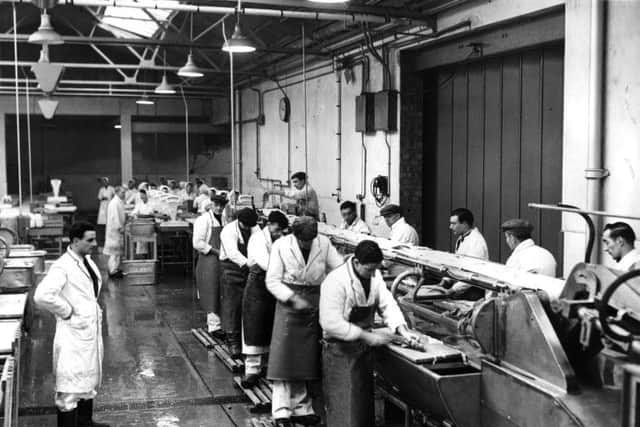

In 1893 the Hull Dock Company was sold to the North Eastern Railway for £3m, giving them control of both the docks and railway. Two years later the new company started work on extending St Andrew’s Dock.
High water on May 15 1896 caused a coffer dam to burst resulting in extensive damage, including destruction of three steamers, a number of other vessels and plant machinery. Thankfully, there were no casualties and the extended St Andrew’s Dock opened in 1897.
An international incident involving Hull trawlers and the Russian Baltic fleet occurred on Friday night October 21, 1904 and became known as the Dogger Bank Incident (Russian Outrage). Mistaking the trawlers for enemy Japanese boats, the Russian warships opened fire. A Hull skipper and a third hand were killed instantly and seven others badly wounded. The trawler Crane sank as a result.
Advertisement
Hide AdAdvertisement
Hide AdMedical assistance was given by the Hospital Mission ship Joseph and Sarah Miles. Returning to St Andrew’s Dock, vessels showed clear evidence of the damage caused. Protests to the Russian government came to nothing.
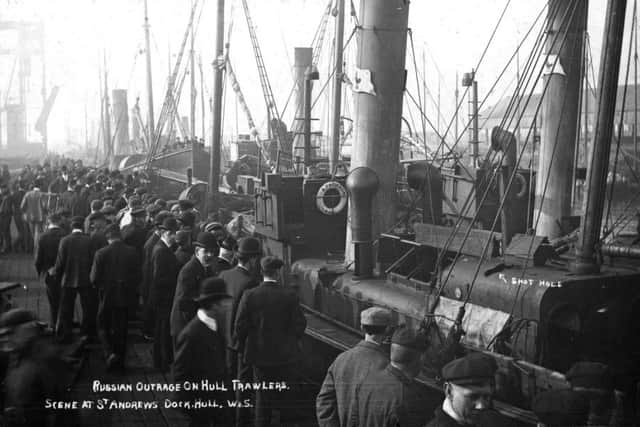

A relief fund was started for the dependants of those killed and on August 30, 1906 a memorial was unveiled outside St Barnabas’s church, Hull.
Around St Andrew’s Dock were smoke houses for making kippers and an area known as the ‘cod farm’ where vast amounts of cod were split, salted dried and shipped abroad.
The Dock’s fortunes mirrored that of the fishing industry itself. Hull had four ‘boxing fleets’ known as the Gamecock, Great Northern, Red Cross and Hellyer fleets.
Advertisement
Hide AdAdvertisement
Hide AdThe early method of intensive, mechanised or industrial fishing, men packed the newly caught fish in boxes which was then transferred to fast steam cutters which rushed the catch to Hull and other docks including London.
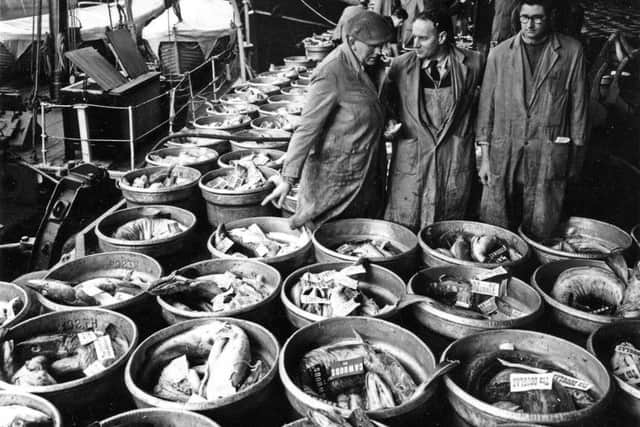

There was a slump during the First World War when steam trawlers became minesweepers Yet, in 1917 the Dock saw its first motor lorry introduced.
The 1920s was a period of mixed fortunes for St Andrew’s. The London and North Eastern Railway took over in 1923.
Disaster struck on Sunday August 25 1929 when the new no. 2 market, erected almost entirely of wood and over 468 yards in length, caught fire, causing considerable damage to buildings and seven trawlers, estimated at around £750,000.
Advertisement
Hide AdAdvertisement
Hide AdThe Dock’s facilities were quite remarkable: over the years they ranged from an ice plant to several banks, a doctor’s surgery to a post office and from cafés to a police station with prison cells.
The 1930s saw St Andrew’s considerably improved, a number of vessels lost or wrecked, strikes, job losses and hard times. By this time as many as 350 fish vans would leave the Dock daily by rail. Once more, during the Second World War, Hull trawlers played their part undertaking minesweeping duties and escorting convoys.
In the 30 years from 1945 to 1975, changes in working practices, particularly those brought to bear by the Icelandic Cod Wars and record price increases, ultimately closed St Andrew’s Dock on November 3, 1975.
Filling St Andrew’s Dock began in the 1980s and one part has been redeveloped into the St Andrew’s Quay Retail Park. Another section was declared a conservation area in 1990s.
An in depth history of the dock can be found in Michael Thompson’s Fish Dock: The story of St Andrew’s Dock Hull.